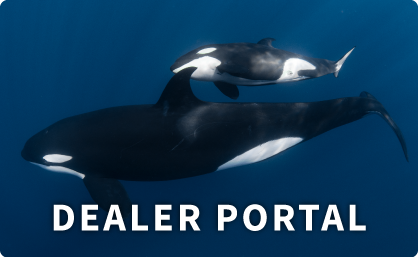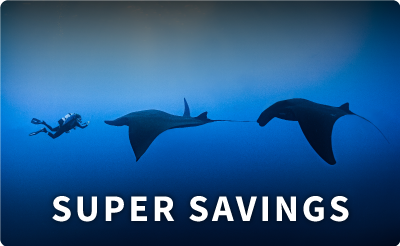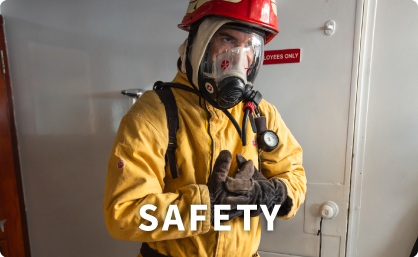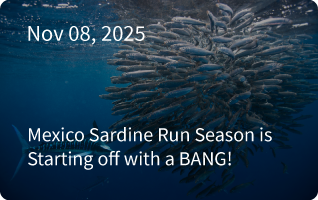I often get asked how the heck we get a 1 million pound plus dive boat out of the water…Good question!!
We have used a number of different techniques over the years from a “railway” which is indeed just as it sounds – a railway track into the water with massive supports, and a heavy duty winch to a “travel lift” which is essentially a self-propelled “U” shape structure on wheels with giant belts that are slung under the ship and then tightened to lift the ship out of the water. I personally always find it somewhat terrifying to see one of our ships swaying 2 feet off the pavement as a travel lift negotiates it’s way to our designated parking spot!
We went for something new this year and lifted our beautiful Nautilus Explorer and Nautilus Belle Amie out of water simultaneously using the floating dry-dock pictured below. If you look carefully at the photo you can see high walls on both sides of the ship. This structure is actually submersible. The buoyancy tanks are then flooded so that the dry dock literally sinks down in the water until only the upper part of the “high walls” are above water. Talk about the need to carefully maintain neutral buoyancy. Can you imagine!! After a lot of nail biting, the ships are maneuvered above blocks that are set up ahead of time and then the buoyancy tanks are emptied of water with detroit diesel engines driving massive pumps and the whole works rises up out of the water.
Et voila!!!
Larry, our tireless incredibly hard working chief engineer, is standing on a concrete deck that was previously 12 feet under water!
The good times at refit 2017 continue. I’m super proud of our team and very appreciative of how incredibly hard everyone is working. Our babies are going to look beautiful and be running like tops when they head out at the end of July for our first Guadalupe great white shark trips of 2017.
Stay safe,
– Captain Mike










2 replies on “Annual Shipyard Refit Continues – How do we get the Ships out of the Water?”
What is the big round protrusion at the front of the ship?
Martin,
The protrusion at the front of the ships is called a bulbous bow. It’s high-efficiency technology that allows the boat to go faster with the same horsepower, or to go at a normal cruise speed and burn less fuel. The idea is that it interrupts the bow wave at the front of the ship by creating a negative pressure area that literally sucks the wave down and reduces it in height by half. The neat thing about waves is that they are pure energy – so if a wave is half the height, that means that it is less than half the energy. If you are ever out on the water and watching ships go by (which is something I like to do a lot) you’ll see something spooky when a big cruise ship sails along, in that it has virtually no wake for a ship of that size. That’s because of the extremely efficient hull form, which is what we aspire to achieve.
Interestingly, all our ships are equipped with features that are quite unique in the dive industry, to provide more efficiency and a much better ride for our guests. We have flume tank stability systems on all the ships, which is technology engineered for us in Poland. This is a large amount of water, up to thirteen tons, that is 180 degrees out of phase with the roll of the ship. It greatly reduces the roll, certainly by 50%, up to 80%. The boats have bilge keels and high efficiency bows. Everywhere we can, we’ve tried to make a more efficient hull form and a more comfortable ride for our guests.
Thank you for your question!